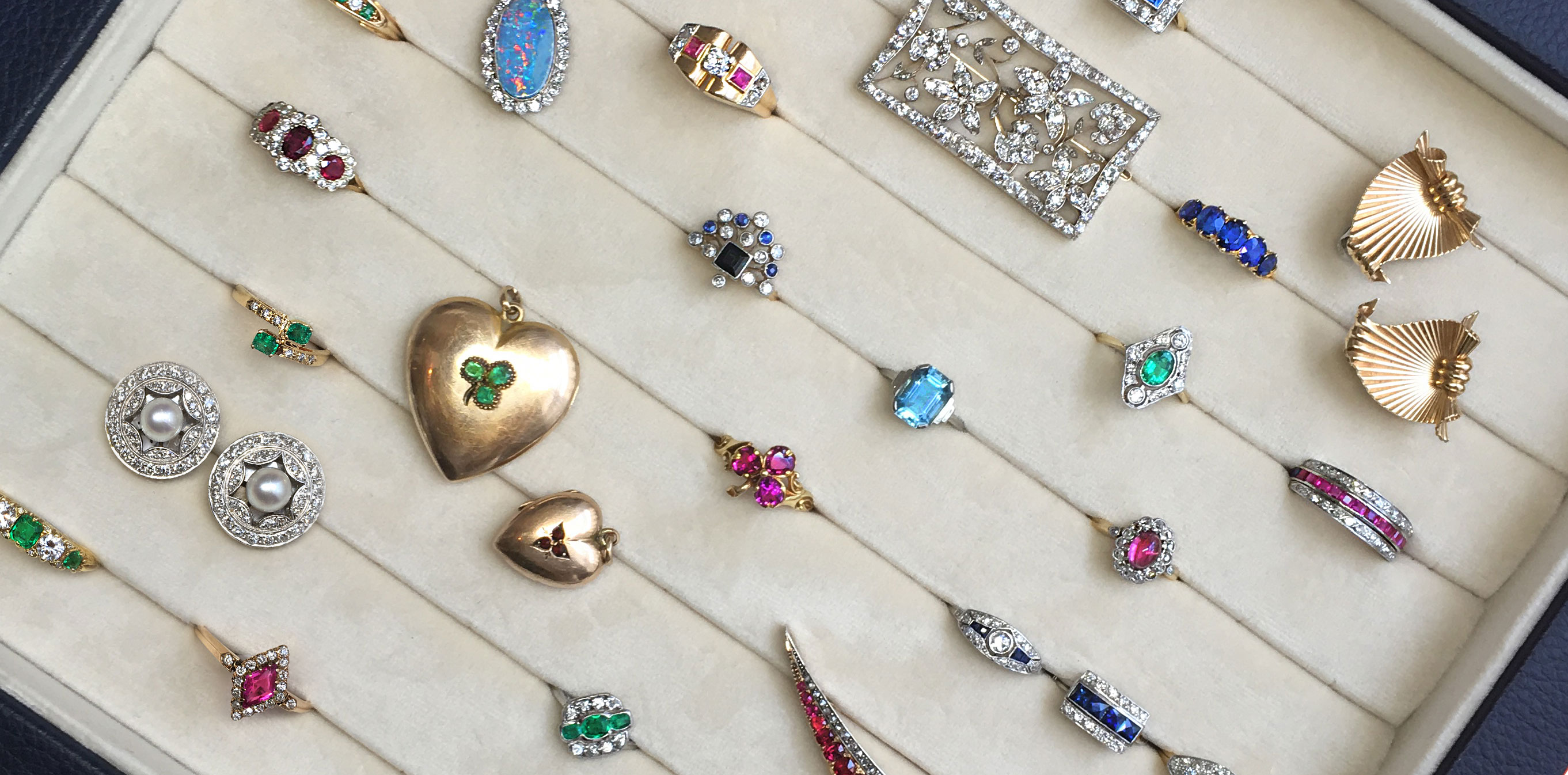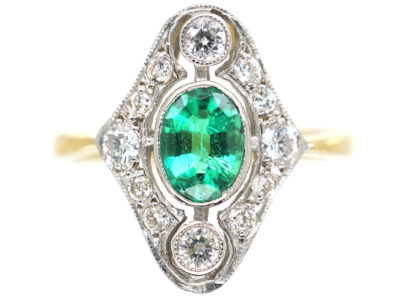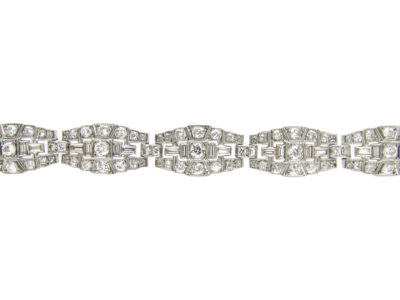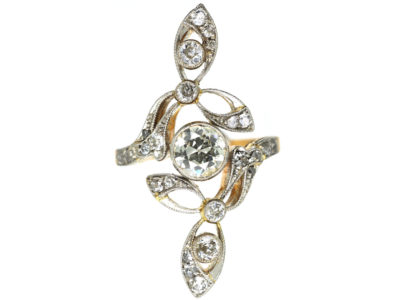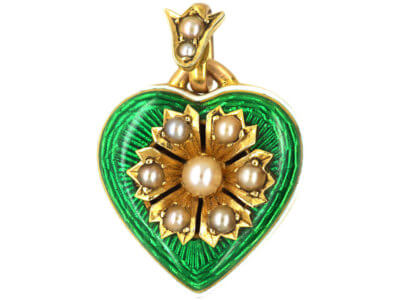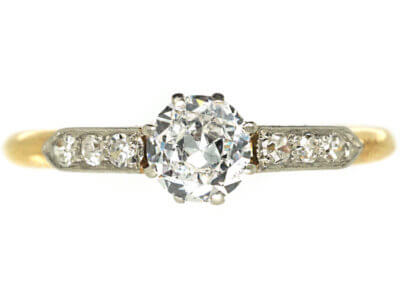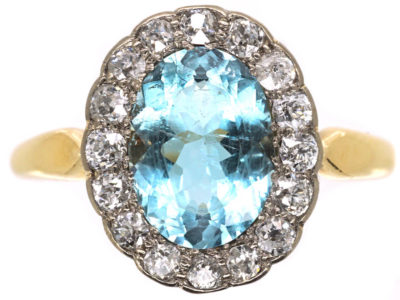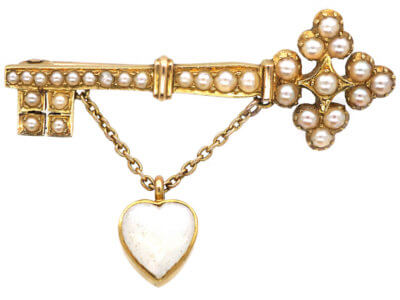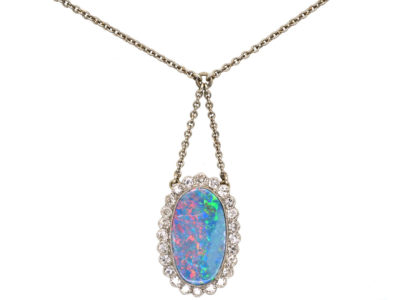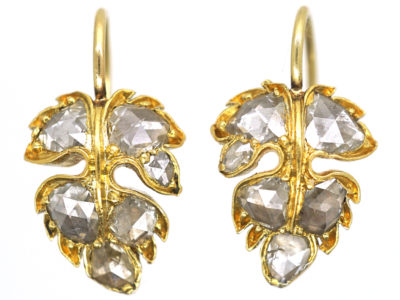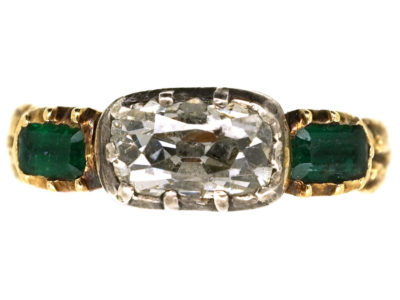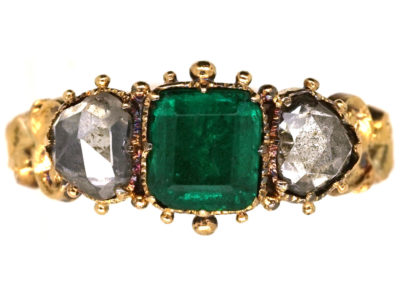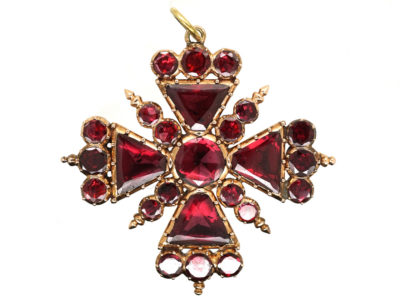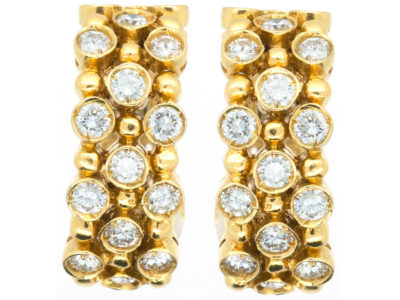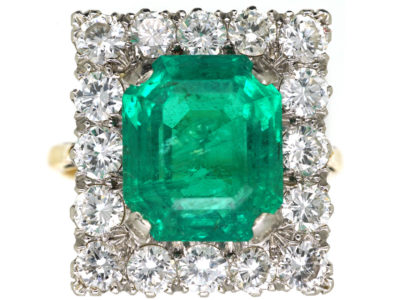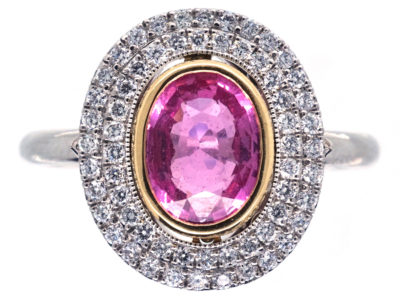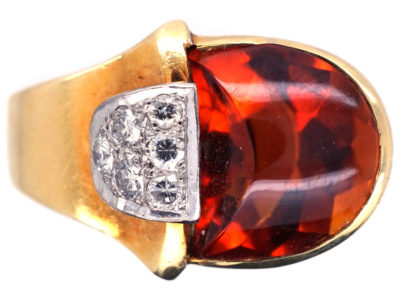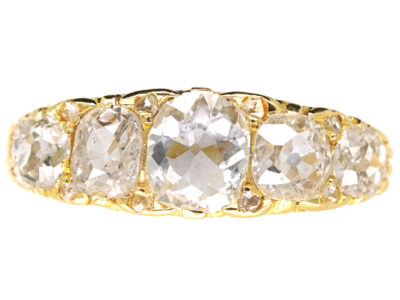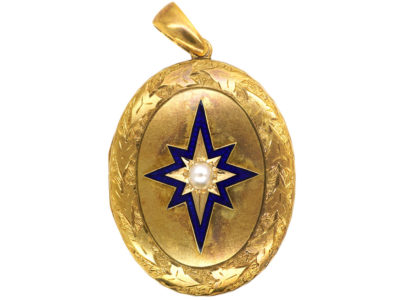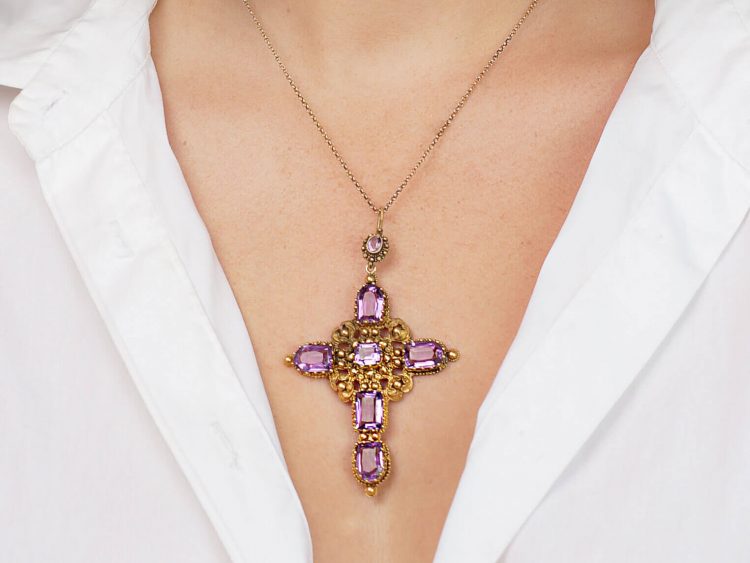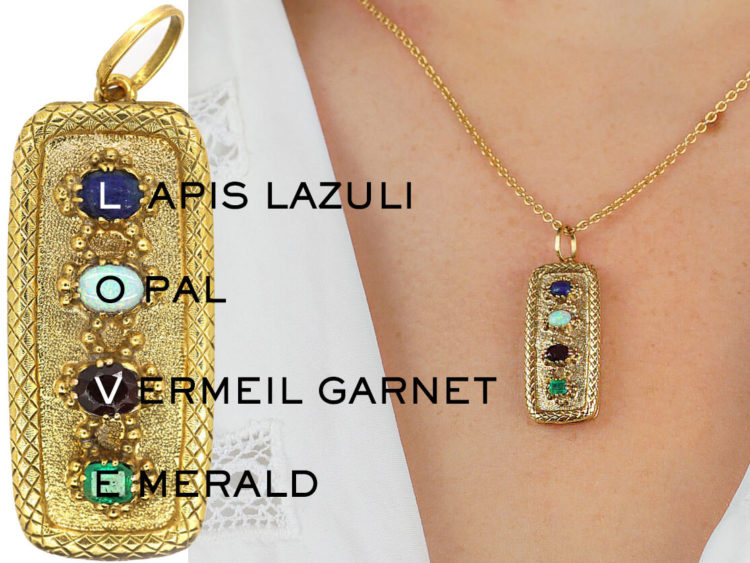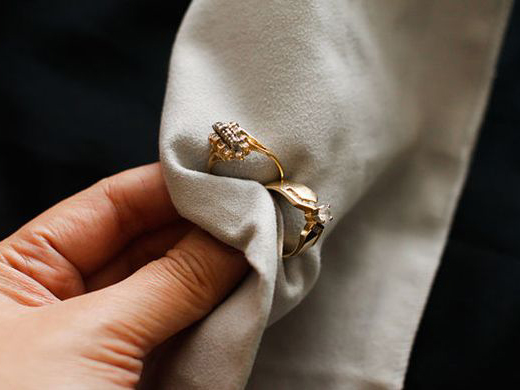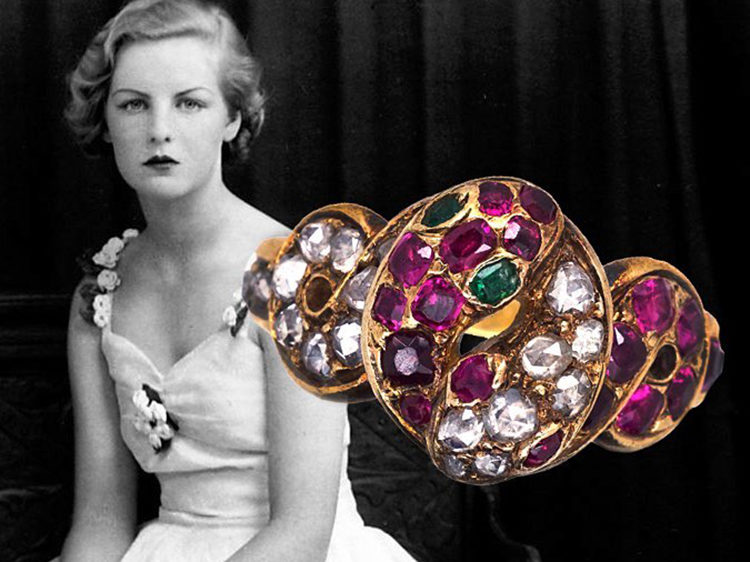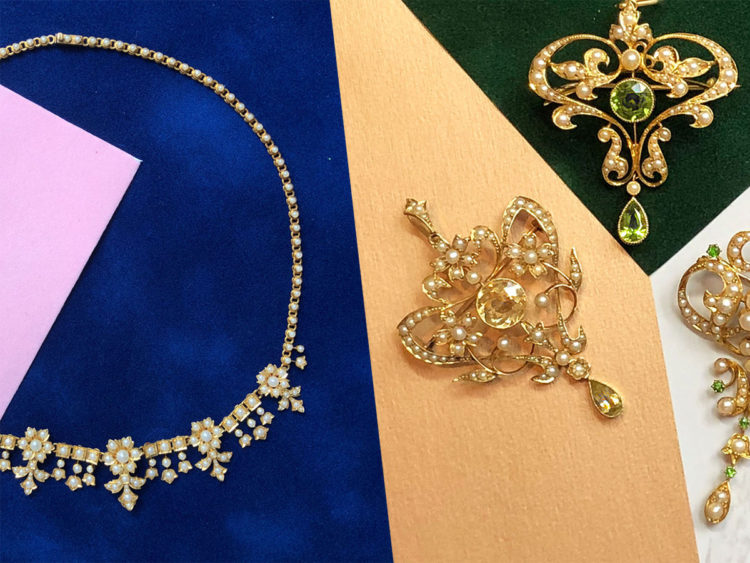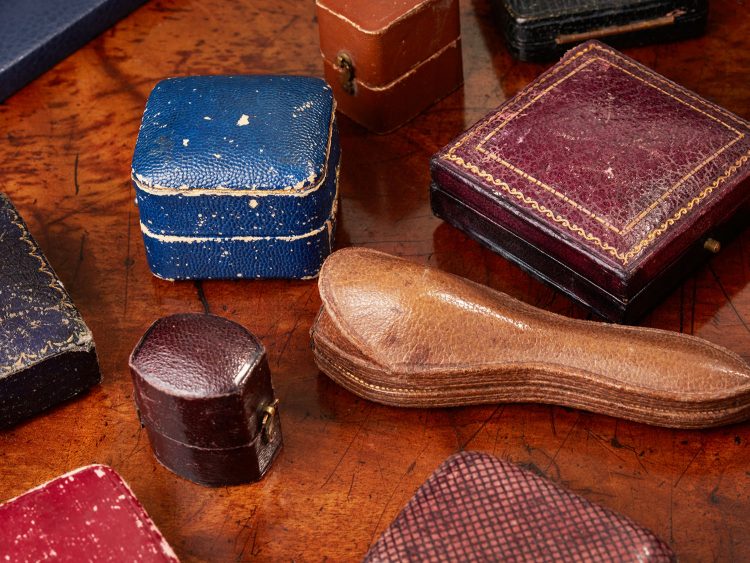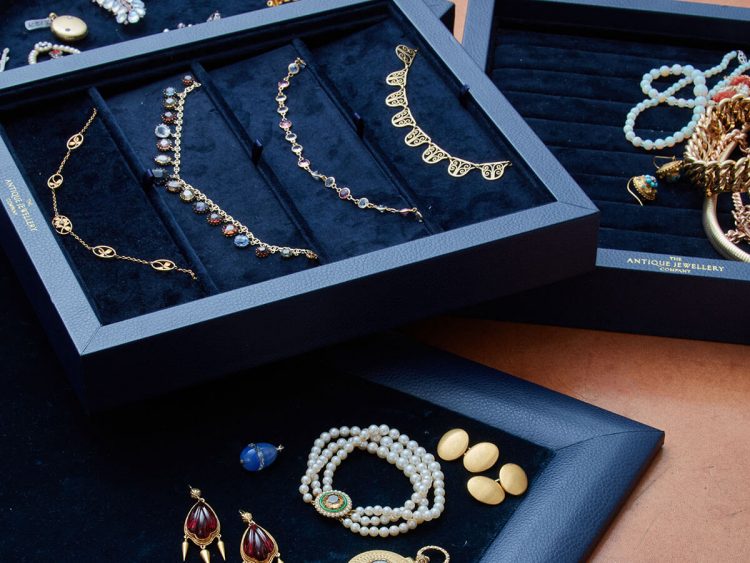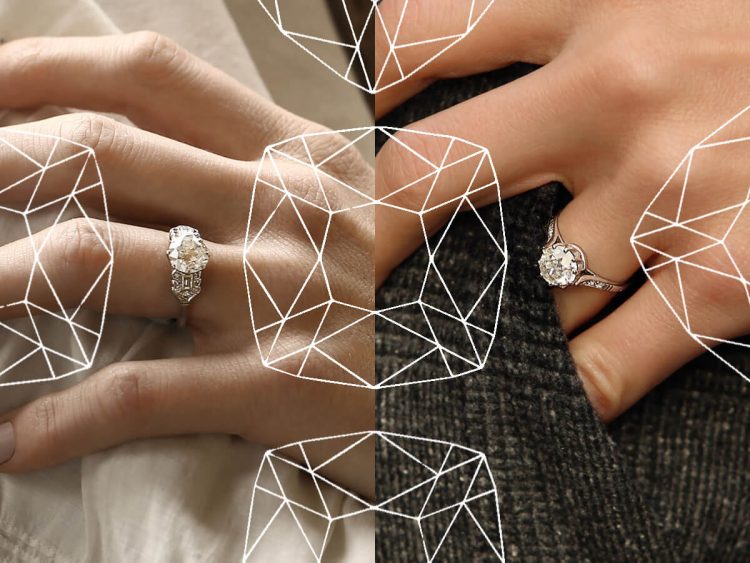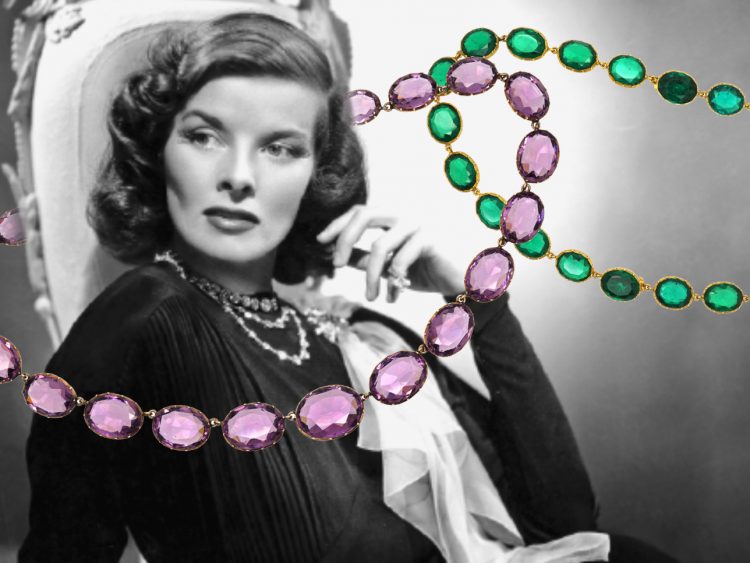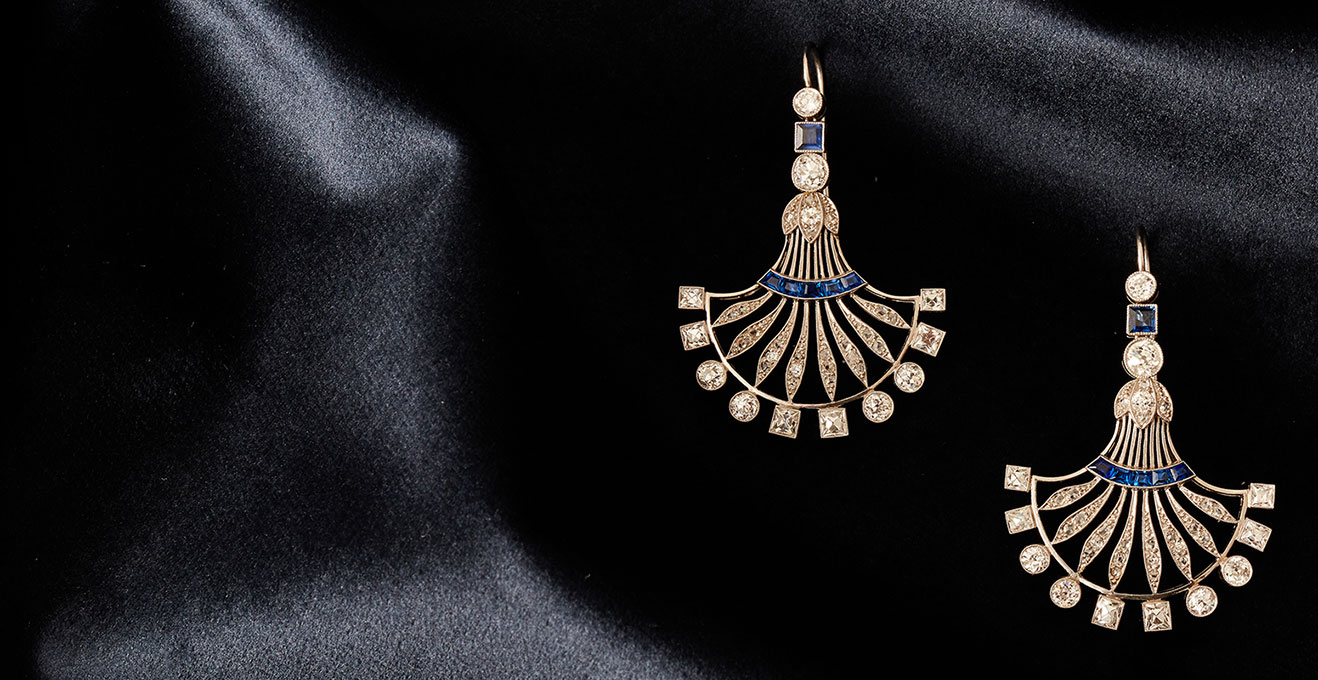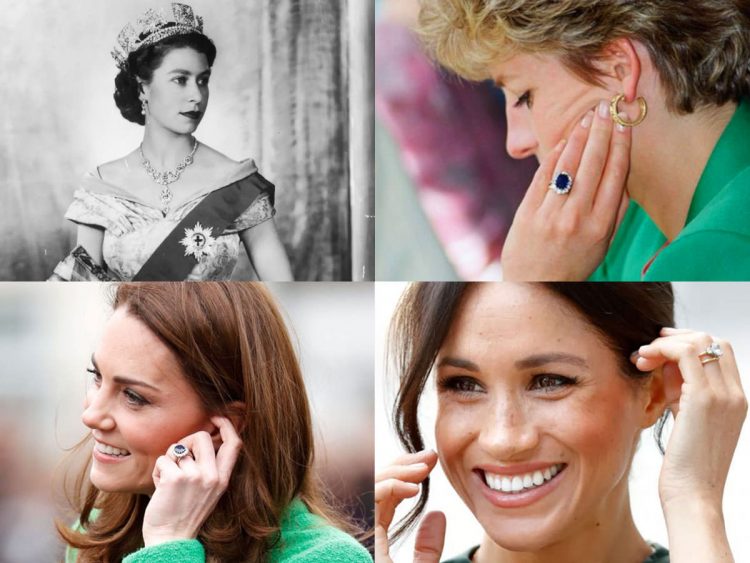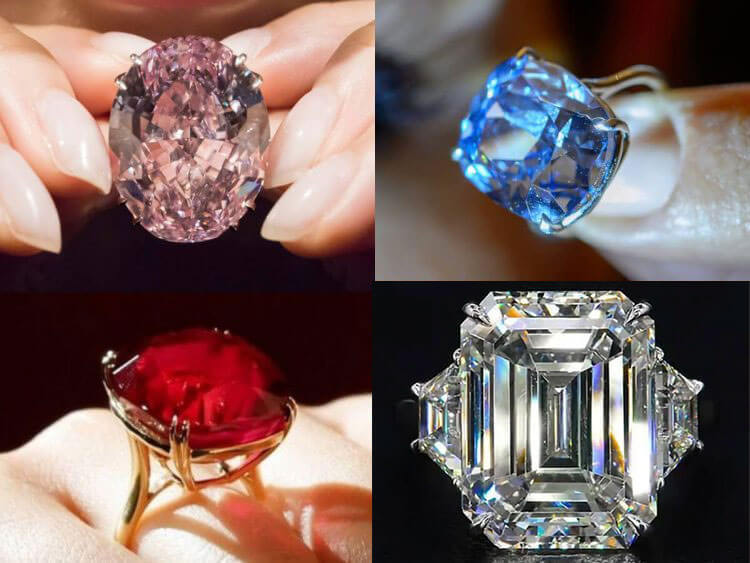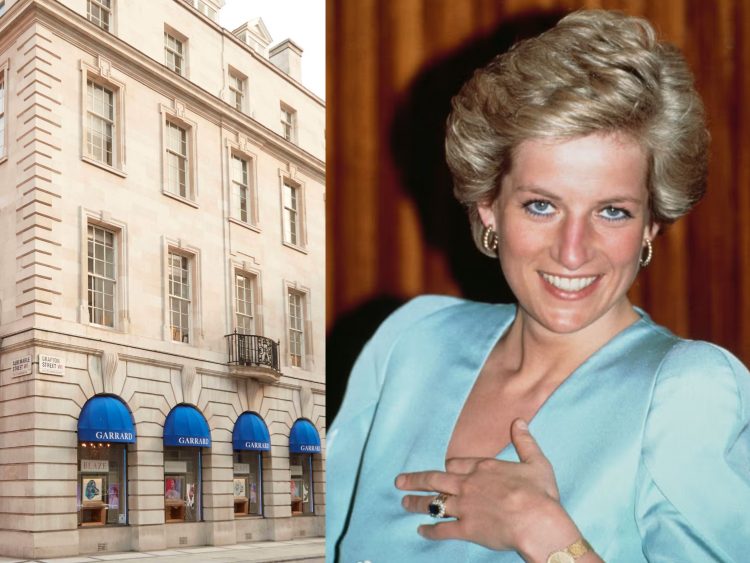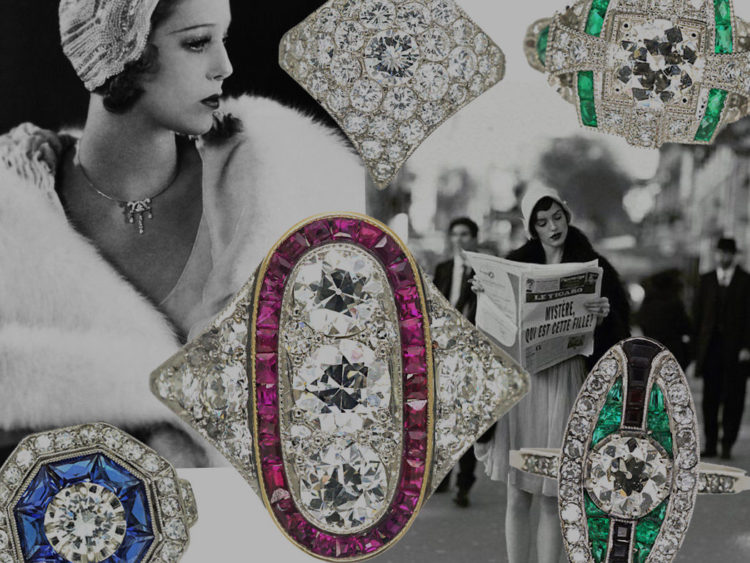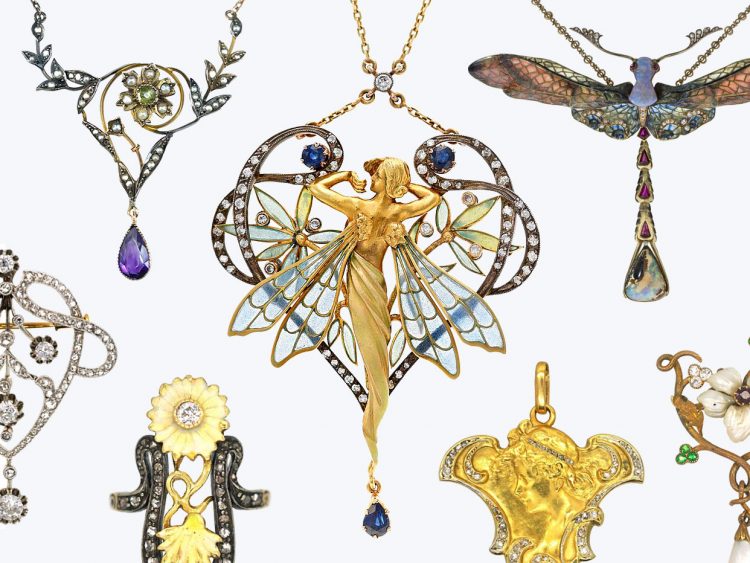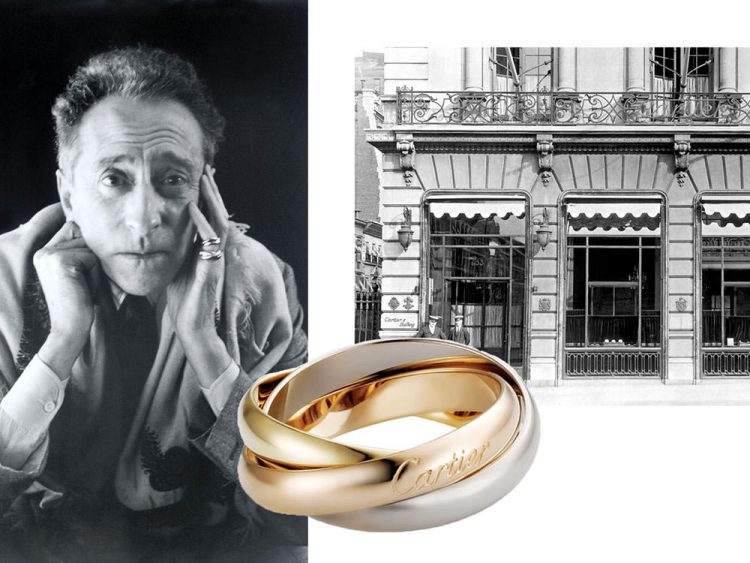-

Your Shopping Bag is empty
What’s the Difference Between Antique and Vintage Jewellery?
Thanks to the popularity of objects from the past, terms such as ‘antique’ and ‘vintage’ are thrown around with casual abandon. Often, these terms simply refer to something that has value because it’s old.
While the term ‘vintage’ is often used loosely to infer that the date around which an object was made is significant to its style or quality, its technical definition varies from product to product. For example, a wine described as ‘vintage’ is made from the grapes of one single year, whereas vintage clothing refers to clothes that date back 20 odd years or more.
Similarly, ‘antique’ is often used simply to describe a collectable object that is valuable because of its age and quality, but guidelines are in place to define what qualifies certain objects as antiques. For example, the strict laws around firearm categorisation.
In the jewellery trade, there are technical terms to help identify when a piece of jewellery was made (rather than when that particular style was fashionable). This eliminates confusion around modern reproductions, which can be poor quality and often fail to employ the authentic techniques and materials from the era in question. So for example, be wary of anything that claims to be, e.g. “Art Deco style” – it is not likely to be an authentic Art Deco piece!
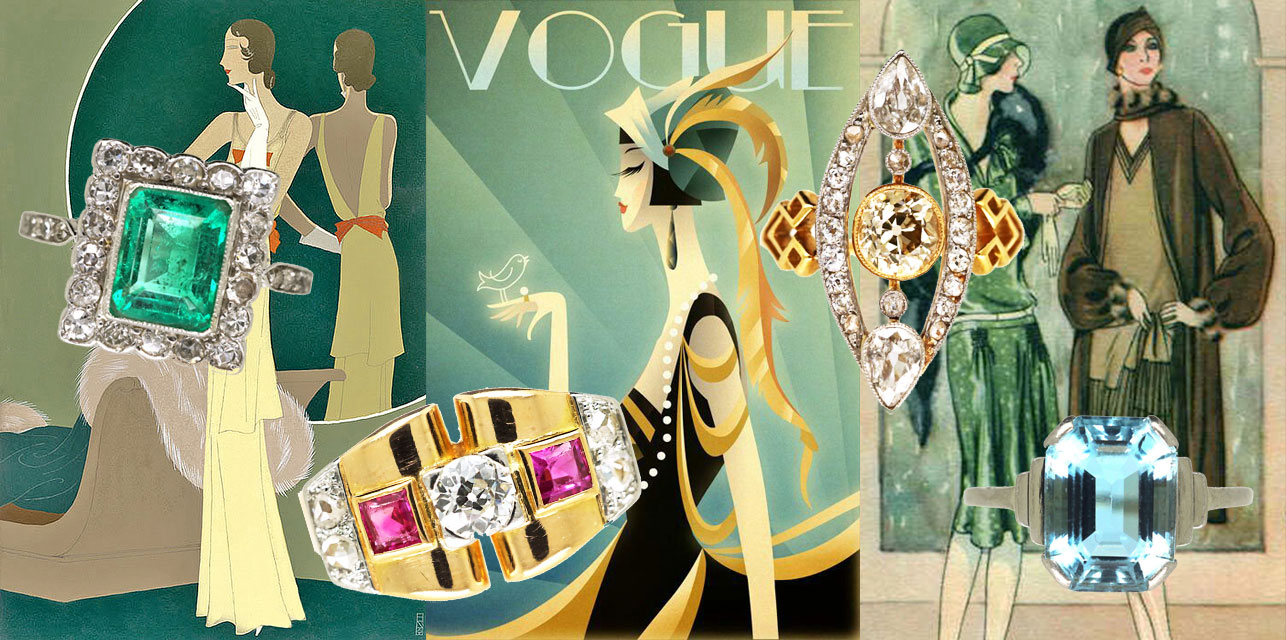
These trade definitions for jewellery are as follows:
Vintage
In jewellery trade terms, ‘vintage’ describes a piece that was made between 50 and 100 years ago. So at the time of writing, all jewellery produced between 1920 and 1970 is technically ‘vintage’. From the AJC collections, our Art Deco, Retro and Mid-Century jewellery all falls under the vintage bracket.
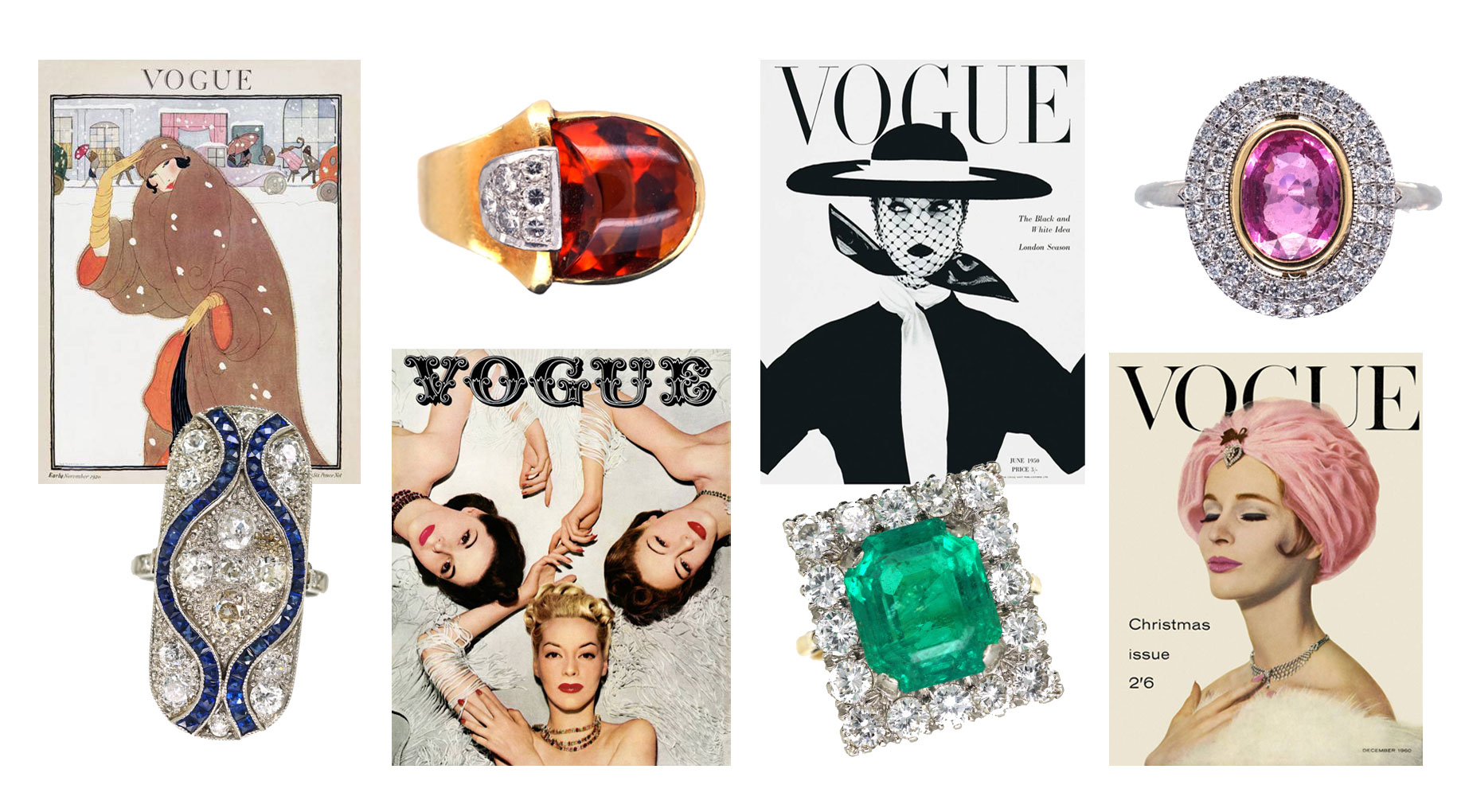
Antique
In jewellery trade terms, ‘antique’ describes a piece that was made at least 100 years ago. That means that any jewellery made around 1920 or before is technically antique. In terms of the AJC collections, our Georgian, Victorian, Edwardian and Art Nouveau jewellery is all antique.

Restoration
The general rule of thumb (and in some cases, the law) is that antique or vintage jewellery that has been restored or repaired must still be at least 50% original in order to retain its label of ‘antique’ or ‘vintage’.
At the Antique Jewellery Company we are 100% transparent about every piece we sell. We always use the technical terms employed by the jewellery trade, in line with U.S. Customs, and identify as close as is reasonably possible (with expert assessment) when a piece of jewellery was made. This means you will never unknowingly buy reproduction or imitation jewellery from us.



 Free Worldwide Delivery
Free Worldwide Delivery View All
View All
 Diamond
Diamond
 Sapphire
Sapphire
 Emerald
Emerald
 Ruby
Ruby




